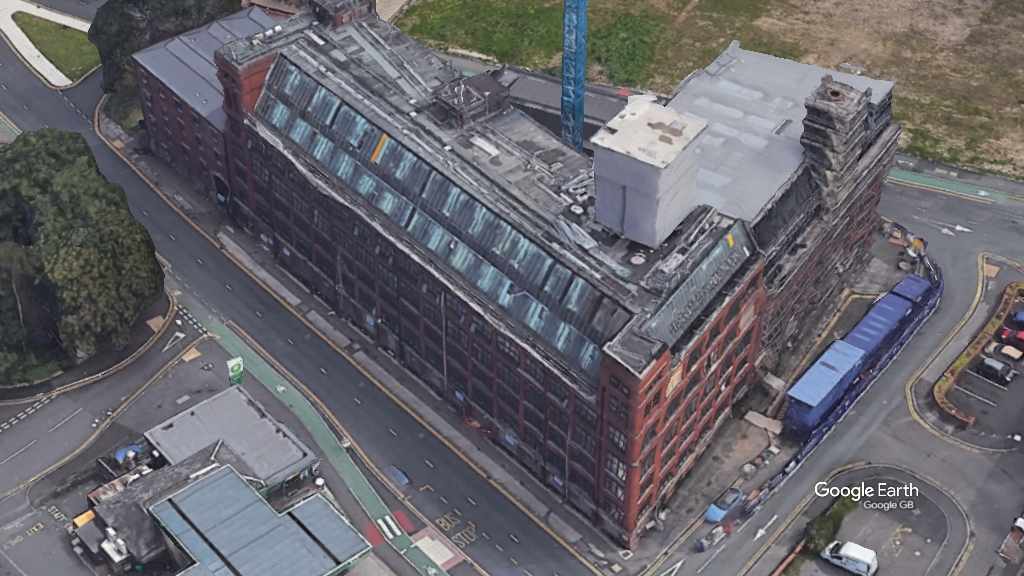H1: Research tax credits going unclaimed
 Property and construction companies are missing out on tax breaks for research and development that could save them large amounts of money and help make projects viable, writes Laura Duggan at Cowgill Holloway.
Property and construction companies are missing out on tax breaks for research and development that could save them large amounts of money and help make projects viable, writes Laura Duggan at Cowgill Holloway.
Research and development is one of the few areas of tax policy where the government is actively encouraging companies to claim their entitlement to lower effective rates generating corporation tax refunds and reductions. Since R&D tax credits were introduced over 10 years ago certain industry sectors have under-claimed this relief with property and construction amongst this category.
HMRC released figures last year that showed just 105 R&D claims were submitted by the construction sector in 2010/11. This would seem to be extremely low given the technological innovations that have been developed across the sector in the last few years. If your company is engaged in developing innovative and specialised products or processes that are not readily available across the sector then it is highly likely that a claim for R&D tax relief is viable.
Examples of the type of activities that may qualify for R&D tax relief are new products or processes developed in response to demand for greater efficiencies in water, energy and materials; development of technical solutions combining older materials with more sustainable materials or products; site-specific problem solving such as difficult remediation requirements or site constraints on particular demolition methods leading to development of an innovative solution.
One company we worked with which is involved with remediation and brownfield development saved claimed back £120,000 of corporation tax on staff costs incurred as part of a commercial contract delivering a solution to one site.
The increasing requirement for technically advanced construction techniques and products, for instance buildings with high BREEAM ratings, indicates that there are definitely R&D projects being undertaken in the industry.
If the new product, process or solution is eligible for R&D tax relief the company can claim up to 25% of the eligible project costs back as tax relief. It should also be noted that if the new product or process is novel enough to be patented then ongoing attributable profits could be eligible for the new 'patent box' regime introduced in April. This will eventually see profits taxed at an effective rate of 10% which is half the current rate.
R&D claims can be retrospectively made up to two years from a year-end so claims would still eligible for the year ended 30 June 2011 and onwards. We have had considerable experience in presenting these retrospective claims to the specialist HMRC R&D units.
- Laura Duggan is an R&D tax specialist at Cowgill Holloway




